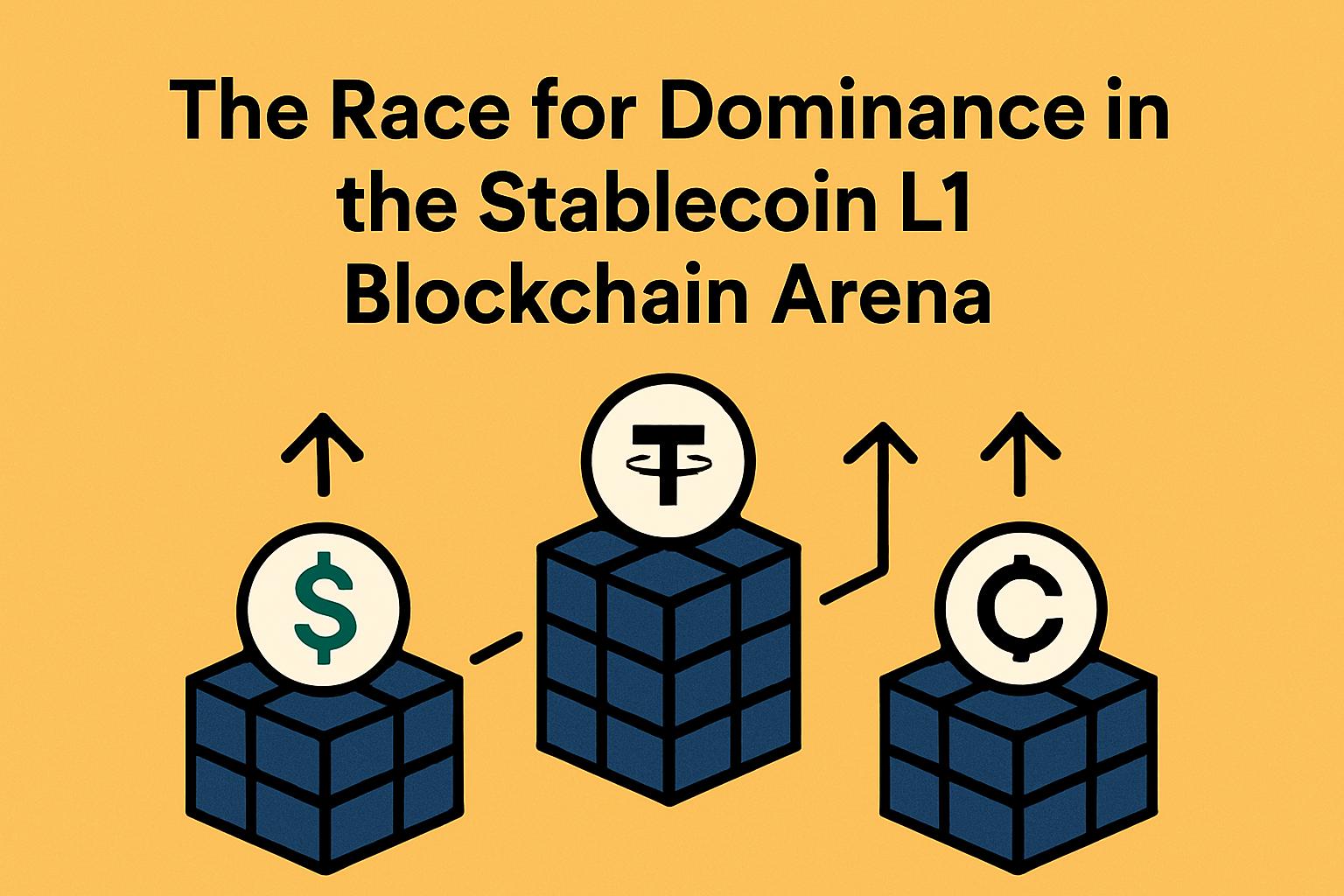The crypto landscape is often characterized by fierce competition and rapid innovation. With Ethereum’s Layer 2 battles seemingly cooling off, the focus has shifted to native stablecoin blockchains. Icons like Tether, Circle, and even Stripe are actively crafting stablecoin-centric, high-speed transaction networks.
Navigating the New Terrain: A Look at Enterprise Level L1 Solutions
Recently, there has been a buzz in the crypto community about corporations like Circle and Stripe opting to develop their own L1 blockchains, rather than integrating with existing solutions like Ethereum. The strategic move intends to prioritize predictable, low-cost transactions and enhanced privacy features, making these proprietary chains appealing for commercial payments.
Spotlight on Key Players and Technologies
Plasma: Bitcoin’s Ally in Cross-border USDT Payments
Plasma serves as a Bitcoin sidechain tailored for USDT remittances. It capitalizes on scalable infrastructure with features like zero-fee USDT transfers and a dynamic compensation system using USDT or BTC.
Stable: Tether and Bitfinex’s USDT-Centric Innovation
Designed to maximize the fluidity of USDT, the Stable blockchain adopts a dPoS consensus for rapid and scalable transactions, with plans for integrated fiat gateways and financial tools.
Converge: Instituting Compliance in Tokenized Assets
Aimed at institutional needs, Converge leverages technologies from Arbitrum and Celestia to offer efficient, cost-effective blockchain solutions, focusing on tokenized assets and stablecoins.
Advancing Stablecoin-Native Payments
Codex PBC: Layer 2 for Corporate Stability
Codex PBC stands as a robust Ethereum Layer 2 solution, promoting secure, high-throughput stablecoin payments, especially designed for enterprise financial management.
Noble AppLayer: Evolution from a Cosmos Gateway
Transforming from a stablecoin issuance chain, Noble now rolls out as an EVM Rollup, enhancing stablecoin adoption within the Ethereum ecosystem.
Arc: Circle’s B2B Powerhouse
This Circle-backed L1 blockchain uses USDC natively and integrates a range of corporate payment tools, pushing for large-scale B2B adoption.
Tempo: Stripe’s Merchant Payment Network
With an EVM-compatible L1, Stripe aims to revolutionize merchant transactions, combining blockchain efficiency with traditional payment experiences.
The Vision Forward: Integration and Interoperability
In the short term, multiple blockchains serve distinct purposes, battling through adoption, subsidy capabilities, and interoperability. The likes of Stripe’s Tempo and Tether’s Stable, among others, offer unique stablecoin and DeFi integrations. In the longer term, success may lie in blending low costs with seamless user experience without altering user habits. This enterprise-level L1 race is only heating up, as these networks evolve and refine their offerings.

![[News] Bitcoin at a Turning Point? 10x Research Signals a Bullish Macro Shift Ahead](https://cryptoexplores.com/wp-content/uploads/2025/06/new20250616.jpg)
![[News] Binance Lists $HOME, the Gas-Free, Bridge-Free All-in-One DeFi App](https://cryptoexplores.com/wp-content/uploads/2025/06/news20250617.jpg)